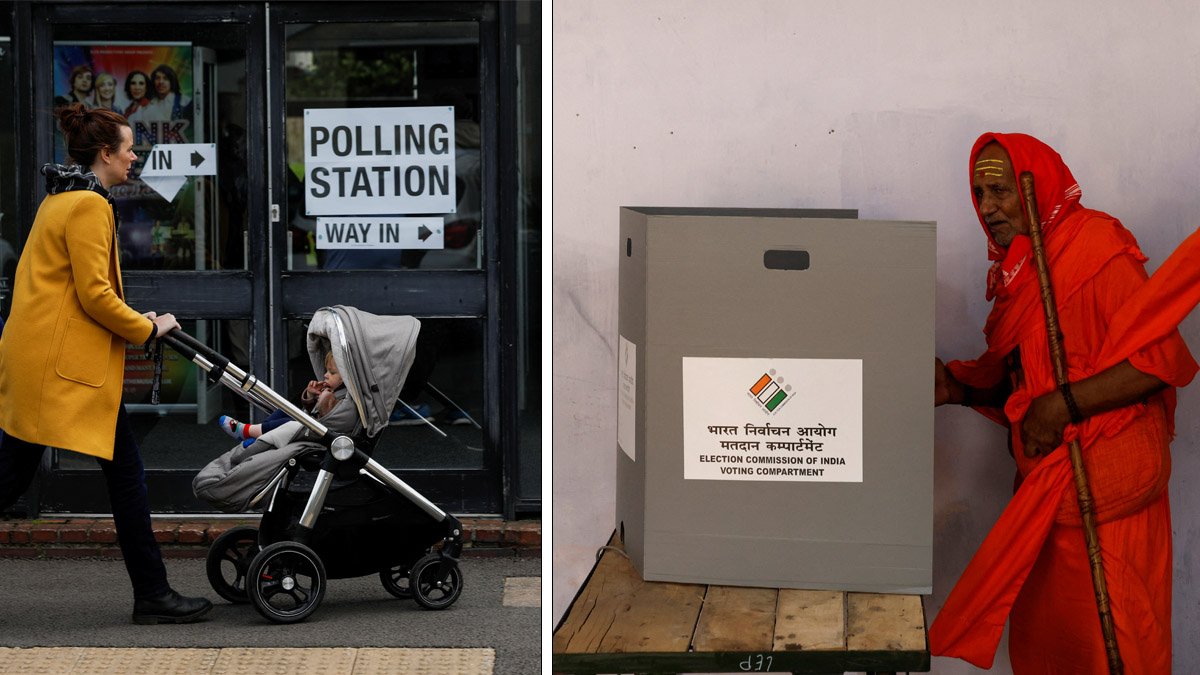In the grand mosaic of global geography and political dynamics, India and United Kingdom emerge as fascinating contrasts, each offering unique insights into the interplay between land area and parliamentary representation.
Land area: David vs Goliath?
The United Kingdom, comprising England, Scotland, Northern Ireland, and Wales, collectively spans approximately 243,077 square kilometres. In stark contrast, India boasts a vast landmass covering approximately 3,287,263 square kilometres. This stark difference underscores the diverse scales at which these nations operate geographically.
Despite the UK’s modest land area relative to India, its constituent nations are renowned for their cultural diversity, historical significance and economic prowess on the global stage. Each region within the UK contributes distinctively to the country’s rich tapestry of traditions and innovations.
Parliamentary power: Size doesn’t always matter
In terms of political representation, the UK operates a parliamentary system that accommodates the interests and voices of its constituent nations through a total of 650 parliamentary seats. These seats are distributed among England (533 seats), Scotland (59 seats), Northern Ireland (18 seats), and Wales (40 seats). This parliamentary framework ensures that the interests and concerns of each region are adequately represented in the UK Parliament.
Meanwhile, India, a federal parliamentary democratic republic, boasts a lower house known as the Lok Sabha, comprising 545 parliamentary constituencies. Each constituency represents a diverse cross-section of India’s vast population and cultural mosaic, reflecting the nation’s commitment to inclusive governance and democratic principles.
Impact Shorts
More ShortsNumber of voters!
India has a staggering 969 million eligible voters as of the latest figures. These voters are registered to participate in elections across the country. In contrast, the United Kingdom’s population totals approximately 67.96 million people. This number encompasses all residents, regardless of age or eligibility to vote. The contrast between India’s massive voter base and the UK’s total population highlights the significant scale difference in electoral participation and demographic size between these two nations.
What we learn
The juxtaposition of the India and UK’s land area and parliamentary representation offers valuable insights into their respective governance structures and geopolitical landscapes. Despite India’s extensive geographical expanse, the UK’s parliamentary system provides a concentrated yet effective platform for regional representation and policymaking. Conversely, India’s decentralised federal structure accommodates the diverse needs and aspirations of its vast populace across numerous states and territories.
Beyond mere statistics, this comparison of land mass and parliamentary representation offers a fascinating lens through which to view governance and democracy. Despite their disparate sizes, both Indiua and UK exemplify resilience, diversity and the enduring spirit of democratic principles.
)